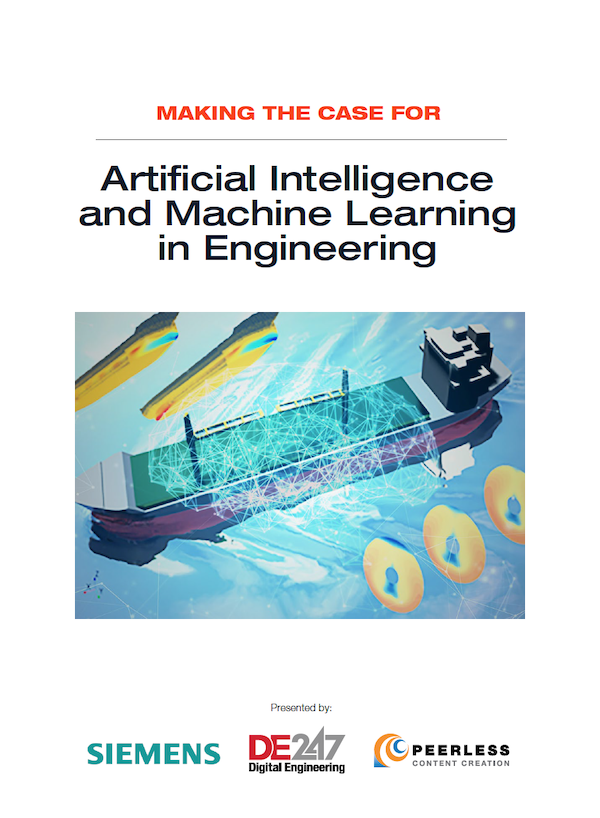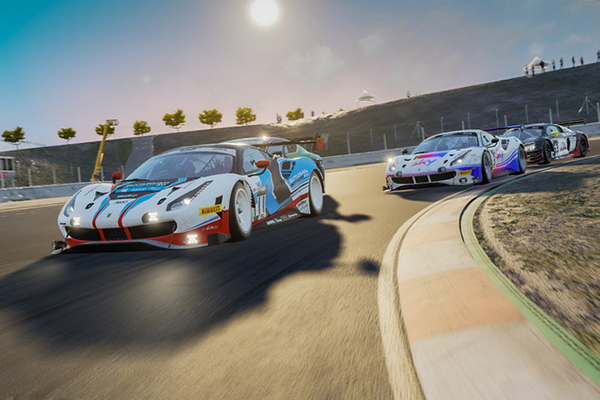
Ferrari during the E-Sport GT Series, Round 4, in Bercelona, Spain. Ferrari is one of the speakers at Ansys Simulation World virtual conference. Image courtesy of Ferrari.
Latest News
June 10, 2020
Feynman, Einstein, Da Vinci, Tesla—they all have the science equivalent of superpower. They are “geniuses who have the superhuman ability to understand how and why things work,” said Ajei Gopal, President and CEO of Ansys, in today's opening keynote for Ansys Simulation World, a two-day virtual conference. “Most of us, of course, are not Feynman or Einstein. We lack that level of insight. And that is why we need simulation. Simulation is our superpower,” he argued.
With the world still battling COVID-19, simulation and digital twins take on greater importance, according to Ajei. “Some engineers cannot get access to their lab to physically test their product,” he pointed out. At the conference, “You'll hear from Lennox, which is using simulation to develop virtual prototypes of its high-end air-conditioning and refrigeration products. You'll hear from industry leaders, like Intel and Baker Hughes, which are using Ansys simulation to transform their businesses, to transform their products and brands.”
The conference attracted 51,000 registrants, according to Ansys press office. The event was conceived from the start as a virtual event due to the CORONA virus outbreak, the company said.
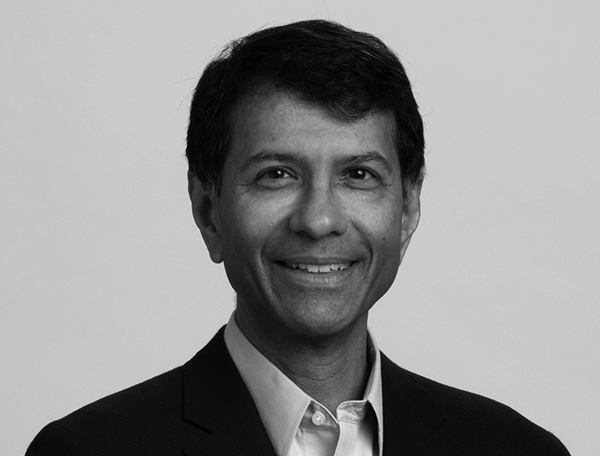
Cloud Partnership with Microsoft
At Simulation World, Uli Homann, Corporate VP, Microsoft, discussed how Ansys and Microsoft are joining forces to enable HPC-driven simulation. “Azure as a cloud environment, and Ansys as a high-end simulation solution can change how autonomous car development happens. We’re thinking through how we layer our technologies together,” he said.
In a paper published by Rand called “Driving to Safety,” authors Nidhi Kalra and Susan M. Paddock try to quantify how many miles of driving it takes to demonstrate autonomous vehicle reliability. “Approximately 8.8 billion miles,” according to them. “With a fleet of 100 autonomous vehicles being test-driven 24 hours a day, 365 days a year at an average speed of 25 miles per hour, this would take about 400 years,” they estimate.
“That's a task that cannot be achieved without simulation,” Ajei pointed out.
“One of the challenge of autonomous driving is the sheer amount of data,” noted Homann. “The problem is not that we don’t have information, but that we have too much information and it’s not contextualize. With a digital twin, we can contextualize information.”
Homann revealed Microsoft Team, the company's general collaboration platform, now has 75 million daily active users. In comparison, Zoom said in a blog post that it has 300 million daily active meeting participants (note that a single user may participate in multiple meetings, thus participant number is likely higher compared to users).
(Note: DE editor Kenneth Wong moderated the panel titled “Leveraging a transformative Digital Twin Ecosystem to Improve Product Operations” for the conference, participated by speakers from Microsoft, SAP, Rockwell Automation, and PTC.)
Ferrari Driven by Simulation
Ferdinando Cannizzo, CTO of Ferrari, Head of GT Racing Car Design and Development, presented a talk titled “Engineering Simulation: Still Much to Offer, Hugh Potential to Discover.”
“We have been using simulation for more than 20 years. Simulation plays a key role not only in our product development but also, in my opinion, in our technology innovation program,” said Cannizzo.
In the 90s, Cannizzo recalled Ferrari used simulation to verify the behavior of single components. But since then the use of simulation has expanded significantly, covering concept design to systems simulation.
As a training tool, simulation helps young engineers “get a clear understanding of the relationships between the variables and the target, and develop a feel for what variable are important to the performance,” Cannizzo said.
Ferrari GT uses Ansys Fluent, a CFD (computational fluid dynamics) package, to analyze racing-related turbulence and improve the design of their racecars. The use of Mosaic-enabled Poly-Hexcore in Ansys technology speeds up the meshing process up to 10 times, according to the company's published case study.
“If I were to predict the future, the help of AI, new steps in connectivity, and the use of VR will bring an immersive collaborative platform not only to view but to process data,” said Cannizzo.
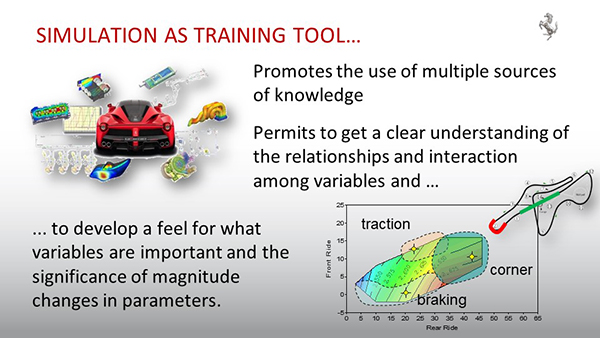
Accelerated Digital Transformation
The economic devastation from COVID-19 is widespread; so is the involuntary digital transformation it has kick-started, many presenters observed.
According to market consultant and researcher Forrester, “In 2018, leaders set their sights on large-scale initiatives such as digital transformation and customer experience (CX). But many faced the harsh reality that these strategies are hard, costly, and challenge the way leaders run their businesses. CX performance was flat and more than 50% of digital transformation efforts stalled.”
But somehow, left with no choice but to go digital, firms seem to be doing much better in 2020 amid the shutdowns, noted BBC Click's presenter and tech reporter Kate Russell in her talk at the Simulation World. “[People and companies] discovered it’s not as hard as they thought it would be. It happened literally over the course of two months to about 20% of the world ... Crucially, the people are doing these stuff every single day, so the knowledge, the muscle memory is sticking. For someone who spent her whole life banging on the wall about it, it’s been quite refreshing,” she said.
“We’ve seen digital transformations that are supposed to happen in two years, happen in two months,” said Homann.
“You no longer have to talk about why or how. You can leap forward to talk about how-best and when,” said Russell. “So now is the time to bravely and plan boldly.”
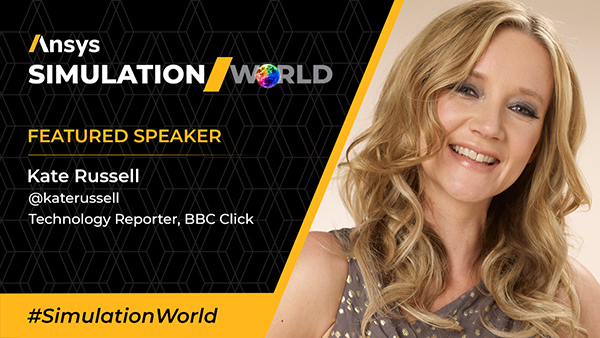
More Ansys Coverage
Subscribe to our FREE magazine, FREE email newsletters or both!
Latest News
About the Author
Kenneth Wong is Digital Engineering’s resident blogger and senior editor. Email him at kennethwong@digitaleng.news or share your thoughts on this article at digitaleng.news/facebook.
Follow DERelated Topics






